Late last year I flew from Southern California to Tucson and back in my Jabiru Light Sport. The flight was about 3½ hours each way, which is about an hour longer than I usually like to go without a rest stop. I figured I could make it, but I had a plan just in case I needed to relieve myself in flight. My solution was decidedly low tech: a 16-ounce sports bottle—the kind cyclists and runners use. Although I had never actually peed into one before, I figured it wouldn’t be a problem. My thinking was, as long as I properly seat the lid and close the nipple, it won’t leak.
Sure enough, after about two hours I had to go. I thought for a second, “Should I land, hold it, or…?”
Since I was prepared to go, why not?
The timing and the situation were ideal: there was no traffic on my ADS-B screen, no ATC chatter on flight following and I was cruising in smooth air.
As calmly and methodically as I could manage, I unzipped, wiggled my trousers down, went, sealed the lid, stored the now half-full bottle, wiggled my trousers back up and re-zipped. All in all, it went well. At no time did I ever think, “You’re in trouble.” I had to stretch a little to get the bottle angled right, but I didn’t bump the controls or drift off course—at least not any appreciable amount.
After landing, I dumped the waste, thoroughly rinsed the go bottle to eliminate any lingering smell and stowed it for the return flight.
A couple days later, as I prepared to take off for home, I more or less expected the same scenario. I ate the same breakfast with coffee and stopped in to use the very nice restrooms at the Manara Regional Airport (KAVQ) pilot’s lounge.
A couple hours later, as if right on schedule, I started to get that “I’ve gotta go…” feeling. No problem. Less than five minutes later I was back to normal.
Then, maybe 15 or 20 minutes after that, I got the urge to go again. What the heck? I had been sipping water, but no more than normal.
Regardless, I figured no problem, right?
Not exactly. The contents from the previous event complicated matters. Although less than half full, sloshing liquid doesn’t give much leeway when you can’t stand up straight. Believe me, at least some leeway is needed to maneuver into the position within the cramped confines of a Light Sport airplane.
But I managed.
Then…
Wouldn’t you know, about 20 minutes after that, I had to go yet again. By now I was just outside of Palm Springs and only 40 minutes from home, so no way was I stopping just to pee.
Only two problems: the 16-ounce sports bottle was at least two-thirds full, and I was approaching the mouth of the San Gorgonio pass, which, if you know the area, is home to about 4000 wind turbines. In other words, turbulence could hit any second.
Rather than go into details, I’ll conclude by saying that the 16-ounce sports bottle was not big enough, and I was especially thankful to have had a half-dozen micro-fiber towels on board.
Would I do it again? It depends. Most people I talked to (after the fact, of course) thought I was nuts. “I just stop every two to three hours, regardless,” was the typical answer from both men and women. Virtually none of the casual fliers that I talked to had any interest in peeing while in flight.
But the fact remains, it is possible, and more than a few pilots do. You can even buy accessories designed for the task. Aircraft Spruce, Wicks and probably every other pilot shop in the country sells a plastic pee bottle called the Little John Portable Urinal.
The Little John is basically the same as peeing into a sports bottle, although it holds more than a typical sports bottle. Another option is a so-called external catheter style. I bought one on Amazon made by OOCOME.
Although I have not yet flown with either, what follows are comments based on ground testing. Your results may vary.
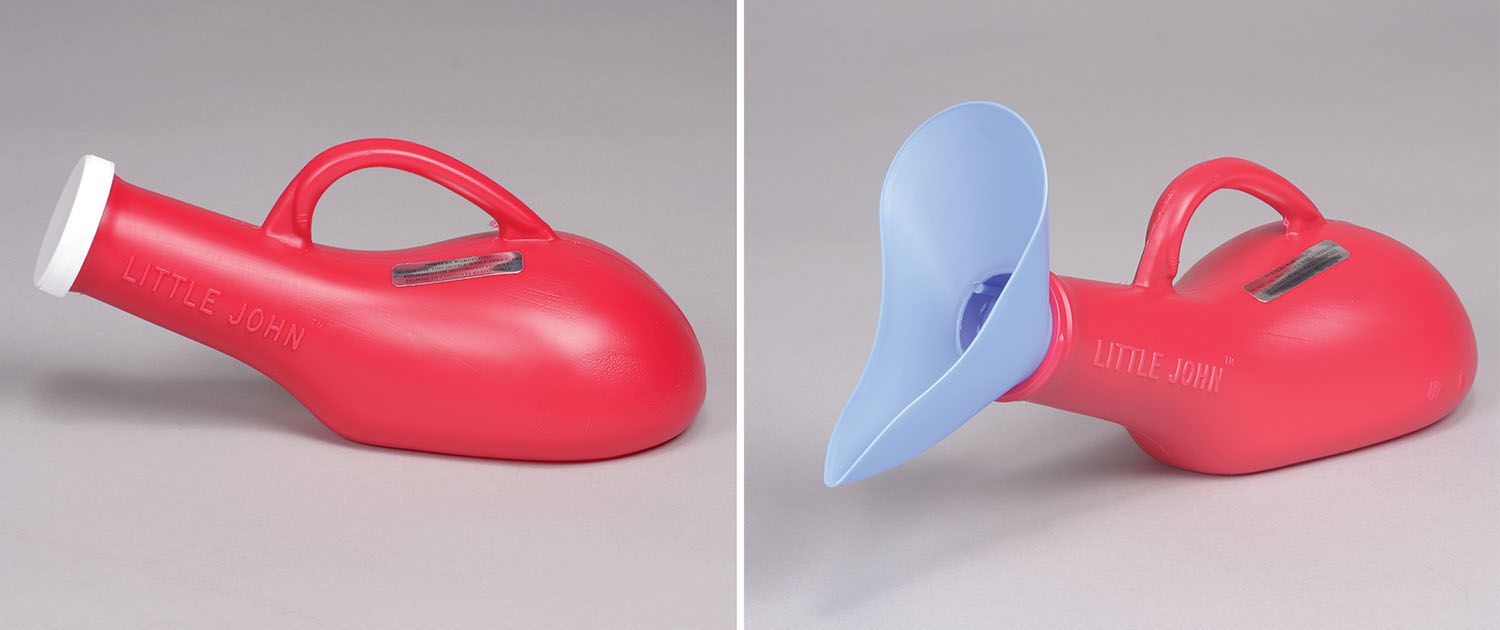
Little John ($11) and Lady J Adapter ($9)
The Little John Portable Urinal holds 32 ounces (950 ml) and has a handle. A handle may not seem like a big deal, but the first time I went into the sports bottle, the unexpected warming gave me the false sensation that I had missed. The spout is angled, which helps for in-flight use. The lid isn’t tethered to the bottle, so you have to be sure to put it someplace where it won’t get lost.
I asked a fellow Jabiru owner, Wanda Schuler of Red Bluff, California, to ground-test the $9 Lady John adapter for the Little John. The manufacturer says the Lady J “can be used sitting or even standing,” but Wanda reported, “It was a bust for any possible use in the Jabiru. There just isn’t enough room to get the angle right. I don’t think I could do it as a passenger, let alone as the pilot.”
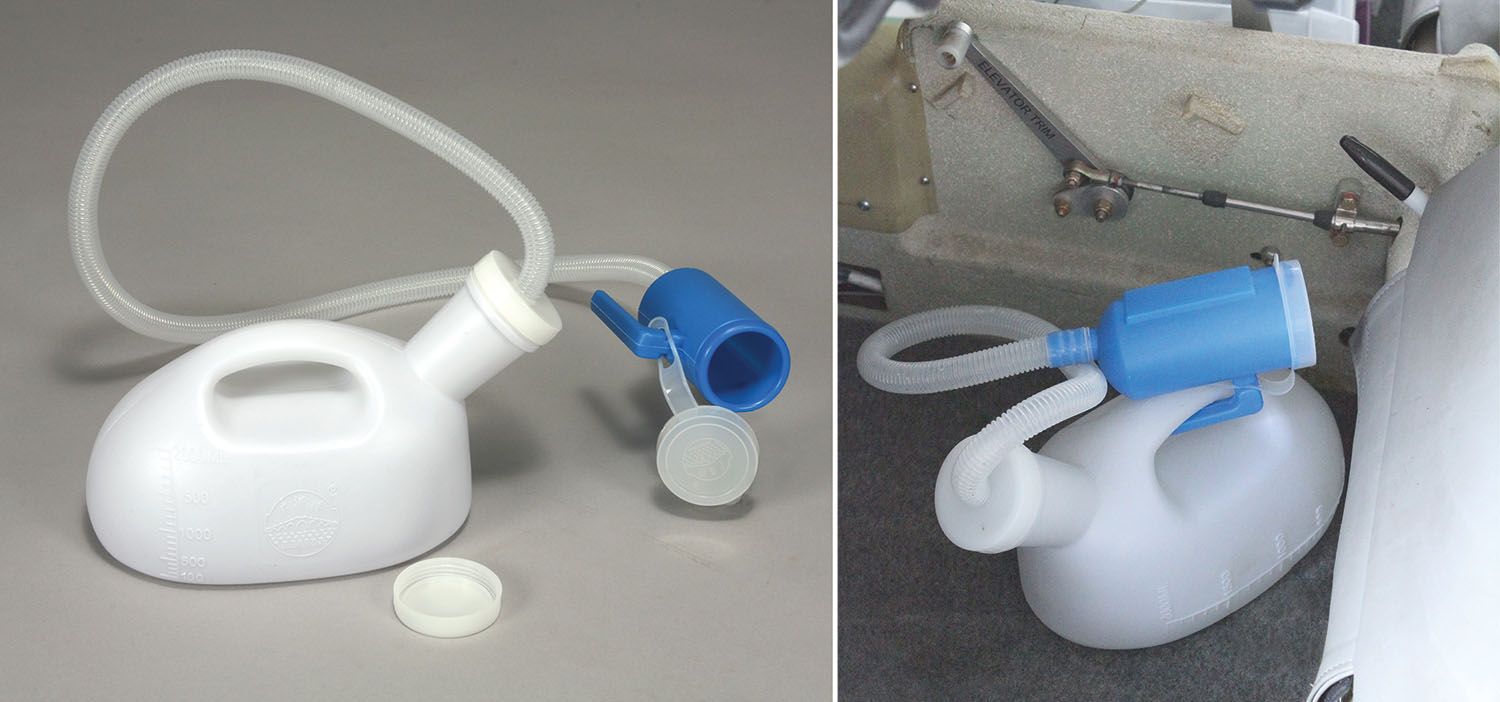
OOCOME Portable Urinal for Men ($14.99)
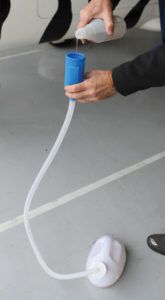
Designed for hospital and invalid use, the OOCOME holds more than twice as much as the Little John and has the advantage of the external catheter with tethered lid and a hose so you can place it on the cabin floor and not have to worry about tipping or sloshing. My first test run proved the hose, at 42 inches, was too long for use in an airplane—unless you want to drill a hole in the floor and let it fly (so to speak). To drain into the tank the hose has to be more or less straight, with no loops or coils. Sitting in the pilot’s seat, I had to hold the receiver up above my head to get the contents to drain into the bottle. The second try went much better after cutting the hose to about 18 inches. If I ever decide to use it in actual flying conditions, I’ll add a bead of silicone sealer where the hose goes into the lid (the main complaint on Amazon is that it leaks there) and Velcro the bottle to the floor to prevent it from moving around.

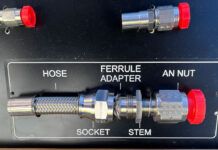
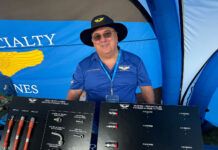



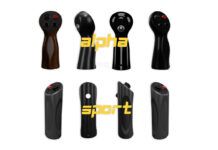
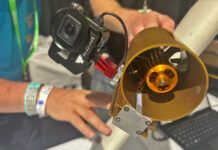
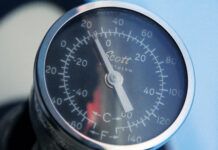

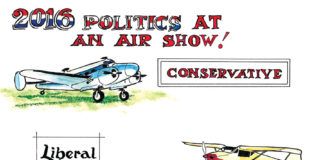
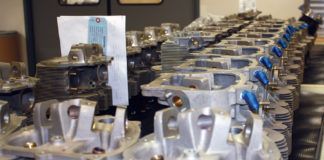
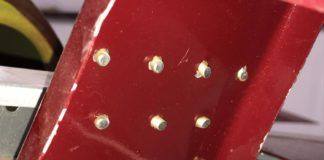

We used “piddle packs” when I flew fighters. Not to be confused with our “poopie suit” (an anti-exposure suit for flights over cold water). My record is 6 piddle packs used on one very long pond crossing from Saudi Arabia to Singapore in the F-16.